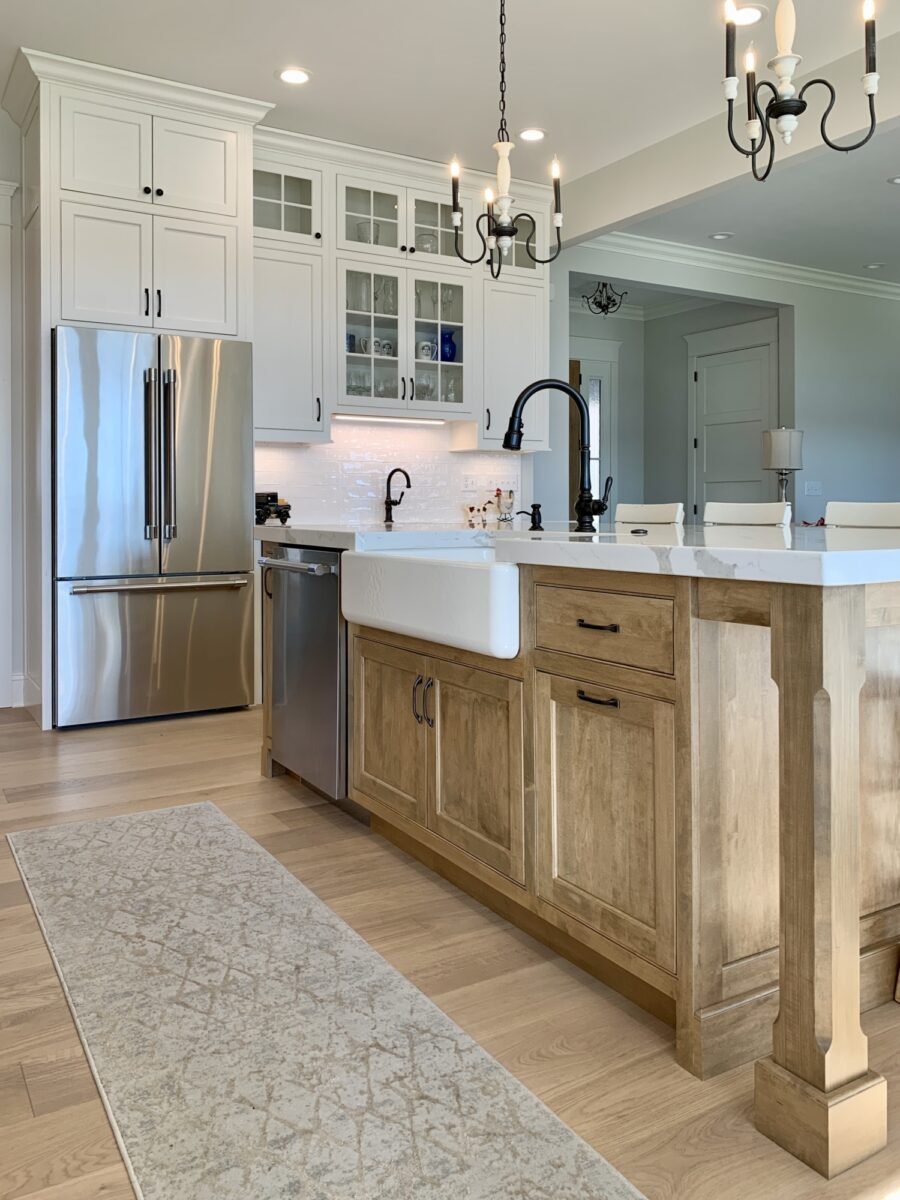Cutting-edge and Fashionable Layouts in Modern Legs For Kitchen Island Solutions
Cutting-edge and Fashionable Layouts in Modern Legs For Kitchen Island Solutions
Blog Article
A Guide to Choosing the Perfect Legs For Kitchen Area Island for Your Home
Choosing the excellent legs for your kitchen area island is a nuanced decision that impacts both the performance and visual charm of this central area. As you consider these aspects, it comes to be noticeable that the right legs can transform not just the look of your kitchen area however additionally its functionality for years to come.

Comprehending Kitchen Island Legs
When selecting legs for a cooking area island, it's necessary to understand their aesthetic and functional duties in the general style. The legs offer as a vital support system, making certain security and resilience for the island, which usually works as a work space, dining location, or gathering area. The option of material and construction technique should be robust enough to withstand day-to-day usage and prospective wear.
In addition to their structural obligations, legs add significantly to the island's aesthetic appeal. They can boost the kitchen area's style, whether with conventional, contemporary, or diverse layouts. The height and percentage of the legs are also essential considerations; they have to harmonize with the island's counter top elevation while making certain comfortable seating for those utilizing the area.
In addition, the leg layout can affect the total flow of the cooking area. Open, ventilated leg designs can produce a feeling of lightness, while strong, substantial legs may convey a more grounded and steady aesthetic - Legs For Kitchen Island. Understanding these useful and visual aspects will certainly lead property owners in making educated options that match their kitchen's layout and improve its usability
Popular Styles and Materials
The selection of legs for a kitchen island incorporates a range of preferred styles and products, each offering unique characteristics that can improve both performance and aesthetics. Among one of the most desired designs are contemporary, rustic, and standard. Contemporary legs commonly include sleek, minimal designs that highlight simpleness and clean lines, making them suitable for contemporary kitchen areas. Rustic styles, on the other hand, embrace natural environments and usually display redeemed wood or troubled surfaces, including warmth and charm to the area. Traditional legs usually exhibit ornate details and craftsmanship, boosting classic kitchen area layouts.

Elevation and Stability Considerations

Stability is one more important consideration. The legs of the cooking area island should supply adequate assistance, ensuring that the structure can hold up against daily use without tottering or changing. Material choice plays a substantial role in stability; steel legs, for circumstances, have a tendency to offer greater stamina contrasted to timber. Furthermore, making sure that the island is firmly secured to the floor or wall surface can improve security, specifically for larger islands that might bear substantial weight.
Matching Your Cooking Area Visual
Choosing the appropriate legs for your kitchen island goes past capability; it additionally plays a significant function in the general visual of the space. When selecting legs, take into consideration the official statement design style of next your kitchen area. For a contemporary look, smooth steel or minimal layouts can develop a clean, modern vibe. On the other hand, rustic or conventional kitchen areas frequently gain from wooden legs with detailed detailing or a distressed surface, improving warmth and character.
Legs that complement or contrast with your island's surface area and bordering cabinets can produce visual consistency or striking focal points. Additionally, take into consideration the surface of the legs; matte, glossy, or textured coatings can dramatically impact the overall feeling of the kitchen area.
Installation and Upkeep Tips
Mounting cooking area island legs needs careful focus to information to make sure both stability and visual charm. Begin by selecting an ideal area for your island, ensuring it is degree and has adequate space for movement. Make use of a stud finder to find wall studs if you are affixing the legs to a wall or using braces for added assistance. Mark the placement of the legs properly before exploration.
When securing the legs, utilize high-grade screws and, if required, timber adhesive for added stamina. For steel legs, guarantee that you are making use of proper anchors and tools to stop damage to your flooring. It is advisable to look for levelness after installment, making adjustments as needed to avoid tottering.
Maintenance is equally crucial for long life - Legs For Kitchen Island. Regularly inspect the legs for any kind of signs of wear or loosening, especially in high-traffic locations. Tidy the legs with a suitable cleaner, avoiding abrasive materials that might scrape the surface area. For wood legs, take into consideration using a timber conditioner occasionally to maintain their surface. By adhering to these installation and maintenance suggestions, you can make sure that your kitchen area island legs continue to be both functional and visually appealing.
Conclusion
In conclusion, choosing the suitable legs for a kitchen island necessitates cautious consideration of elevation, security, and visual compatibility. Ultimately, thoughtful leg option plays an essential duty in elevating both the usefulness and style of the kitchen area area.
When picking legs for a kitchen area island, it's essential to comprehend their visual and functional duties in the overall design. Open, ventilated leg styles can produce a feeling of lightness, while solid, significant legs may share a more based and secure aesthetic. The legs of the kitchen area island need to offer ample assistance, making certain that the framework can endure everyday use without moving or tottering.Installing kitchen area island legs needs mindful focus to detail to guarantee both security and visual charm.In verdict, choosing click here to find out more the ideal legs for a kitchen island requires careful consideration of elevation, security, and visual compatibility.
Report this page